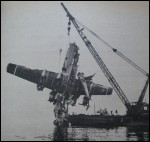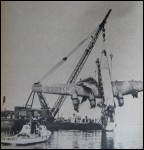Matthew
Touchdown! Greaser!
Cowl flaps:
Never used them before.
My understanding - opened up, they allow more airflow over the engine for cooling.
Are they normally operated on a simple procedure like open during taxi, open during takeoff and climb, closed during cruise? Or is it more complicated than that?
Never used them before.
My understanding - opened up, they allow more airflow over the engine for cooling.
Are they normally operated on a simple procedure like open during taxi, open during takeoff and climb, closed during cruise? Or is it more complicated than that?





 It takes drastic measures to get even remotely close to "shock cooling" your engine.
It takes drastic measures to get even remotely close to "shock cooling" your engine.